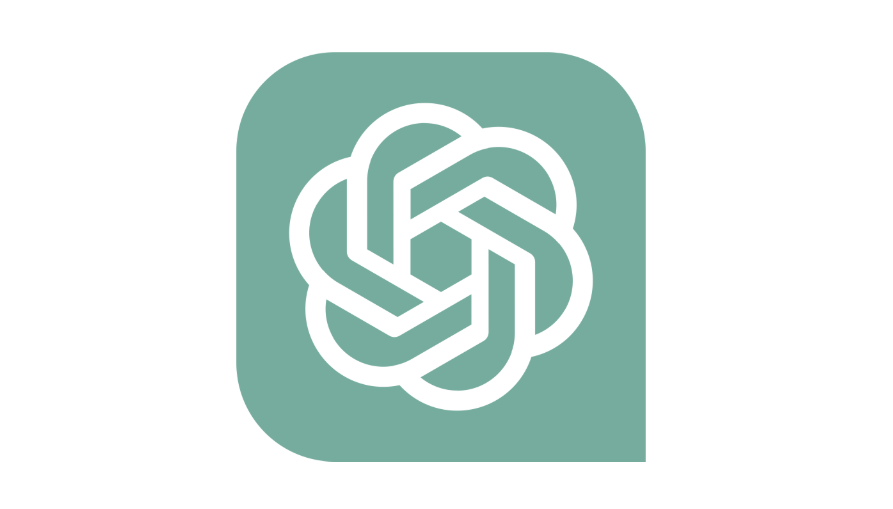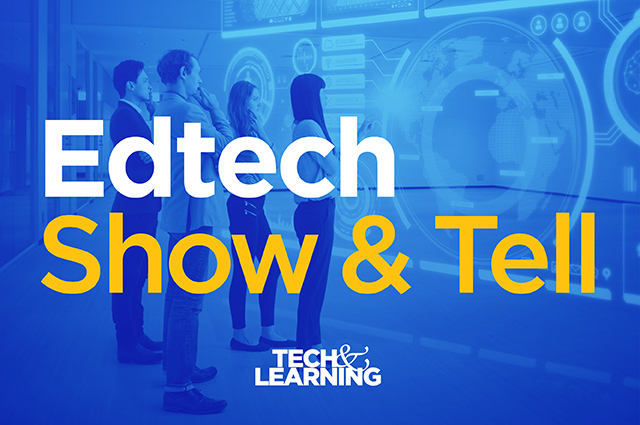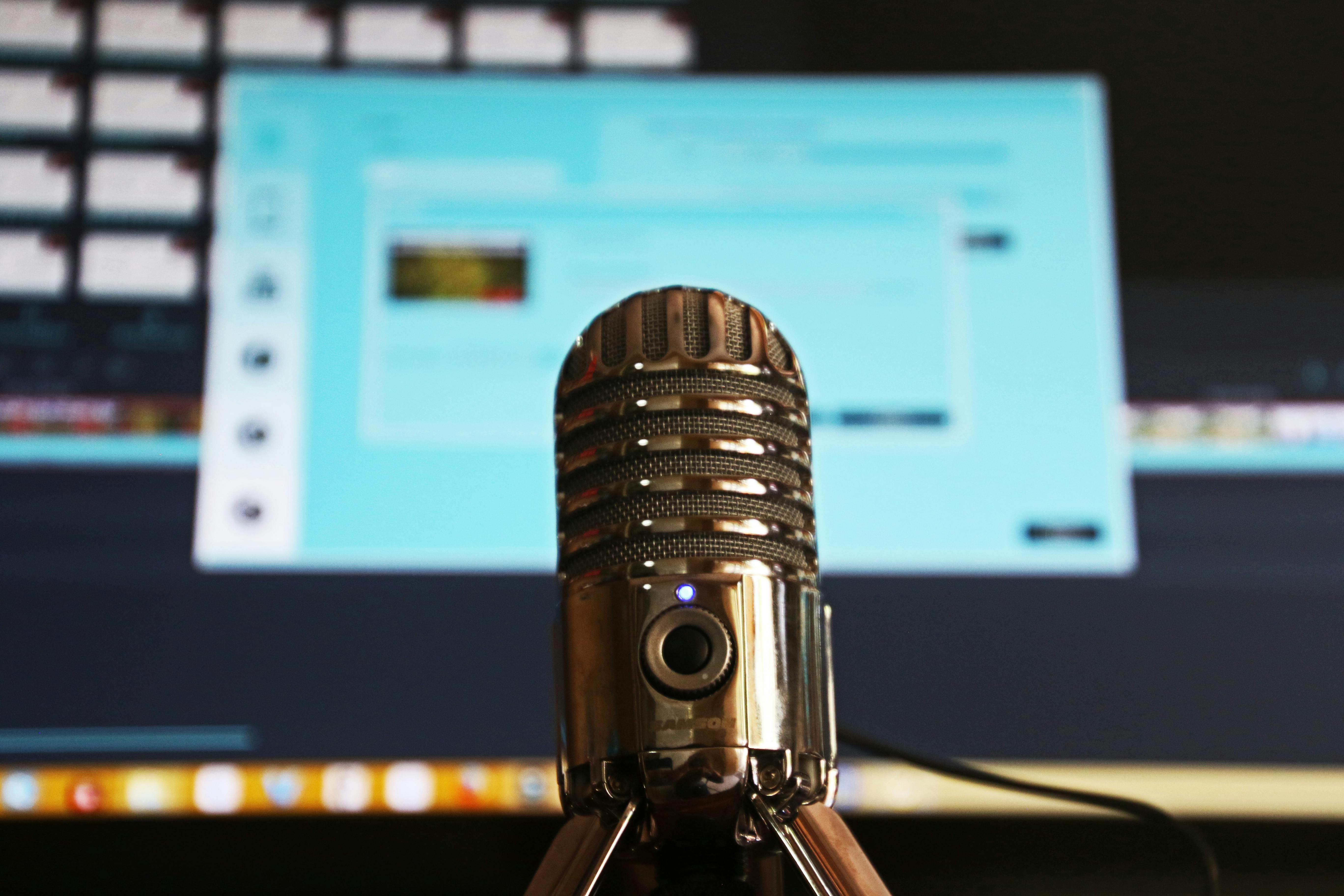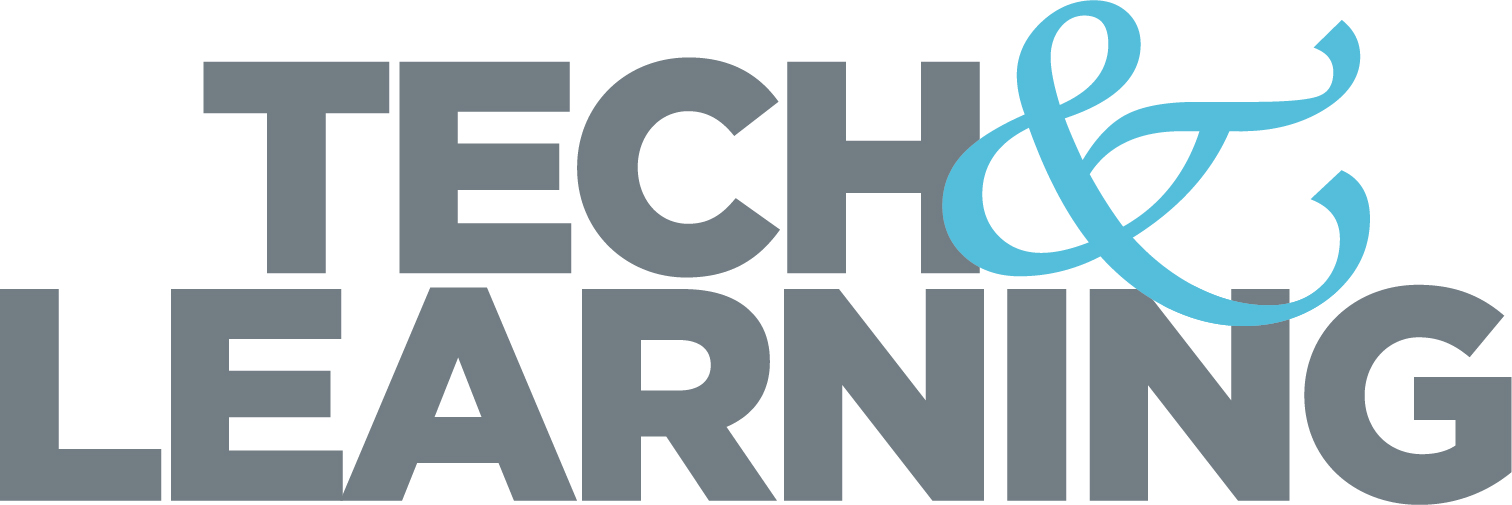The Evolution of Education Spurred On by AI
AI is driving some critical questions and conversations in education, says educator and bestselling author AJ Juliani
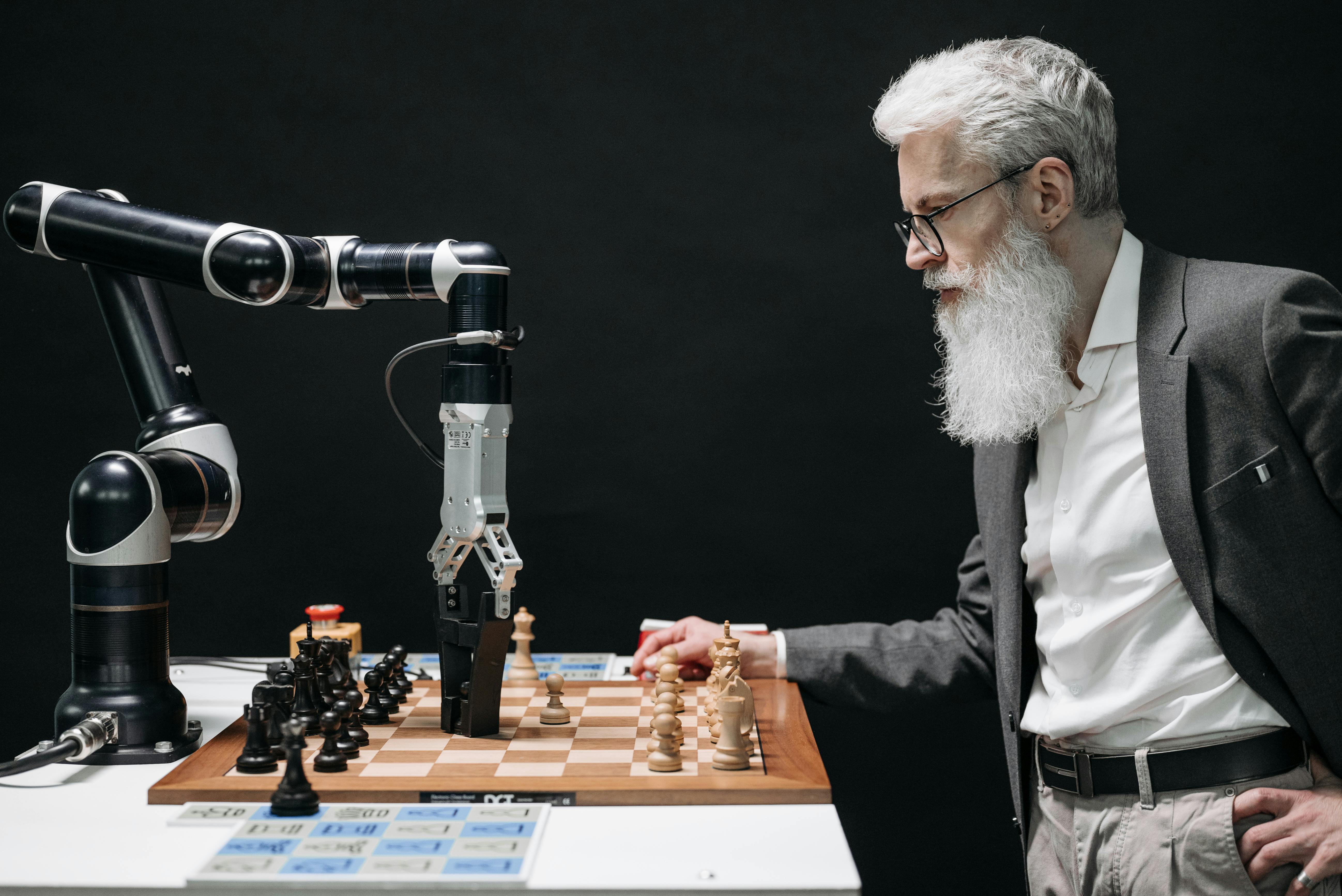
As time has passed, education has seen various changes that have created innovative moments throughout the years. While some jump to embrace these changes, others wonder whether most innovations are necessary to enhance the impact of the educational process for students.
Here we speak with AJ Juliani, Instructor for the University of Pennsylvania Graduate School of Education and bestselling author of Adaptable. Juliani explains how AI has made its way into education and its potential impact on the future of education.
Juliani will be delivering the keynote at the upcoming Georgia Educational Technology Conference.
AI In The Long Line of Edtech Advancements
While AI is the latest form of technology to spark an almost endless amount of innovation in the educational environment, it is far from the first impactful advancement the space has seen. Whether we recognize it or not, there have been a steady stream of technological innovations in education, and AI is no different.
“Our previous two [advancements] have been computers and the internet,” says Juliani. “They have led us down this path of some amazing uses and tools. But we are also living in a world of continuous partial attention due to it. So we ask, ‘How do we handle this kind of teaching and learning in this era of distraction, and then add in this new hinge of history with artificial intelligence? What does that look like right now for the future? How are we going to not only adjust education for this reality, but also think about how we can create the best path forward for us and our students?’”
Much like computers and the internet, AI in its infancy has produced many questions about its use in education. Most popularly, AI has been referred to as a way for students to circumvent normal school work. But as we move forward, more constructive ways to apply AI in education have been found, including methods that help students express themselves as well as ways for teachers to offload menial, time-consuming tasks. AI has produced many innovations, and, as Juliani points out, it has had a much bigger impact in a much shorter time frame.
“It’s on all the devices we are already using, right?” he says. “It’s built into the things we already have access to. All these kids in schools already have the devices, and then here comes AI. I think it’s going to be very impactful in a lot of different ways, both good and bad. We’re less than two years since ChatGPT came out and think about how much has changed just in that short amount of time.”
Tech & Learning Newsletter
Tools and ideas to transform education. Sign up below.
Keeping an Open(AI) Mind
At this point, AI is unavoidable for students, teachers, and anyone else with a connected device in their hands. The question now becomes how involved AI should be in our learning and teaching processes.
“One of the big focuses of my keynote, and a lot of the work that I do, is us, as educators, really deciding what do we value as human in the educational practice,” says Juliani. “Because AI shouldn’t be used for everything. There are so many things that need to be human, social – meaning centered, language-based – that we don’t want to replace with something that is technology just because it’s easier.”
What’s an example of where such a choice would come into play?
“We want kids to have productive struggle, right?” says Juliani. “We don’t want just AI to solve [problems] and not have that productive struggle. We know that doesn’t help in learning environments. We want kids to have messy conversations back and forth. It’s not all sunshine and rainbows.”
He also points out that there are still questions about AI involving ethics and bias. “Education is a very human practice. What do we value about that where we want to keep [certain things] human and make sure [these things] aren’t just taken over by robots?”
As the shiny, newest form of innovation, many look to how to use AI instead of asking if AI should be used at all. Knowing how to adequately implement a blossoming form of educational technology can help maintain the core values of the educational process while keeping innovation at the forefront. But we cannot forge ahead successfully without first having important conversations such as Juliani raises.

Michael Millington is a senior staff writer for Tech & Learning. A writer and editor with over a decade of experience, his focus on bringing actionable information to those in need is the driving force behind his work. When not researching new advancements in technology, Michael likes to practice his Italian and train his dog Cyril.



